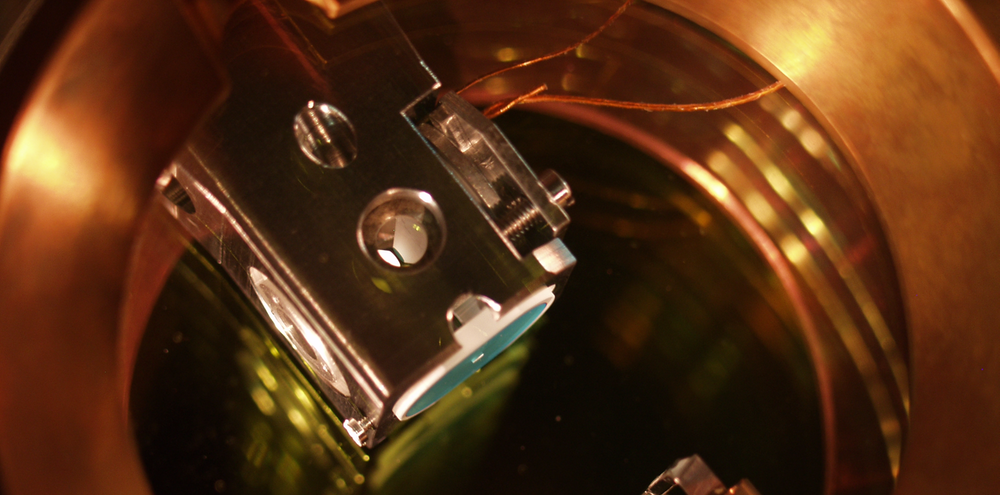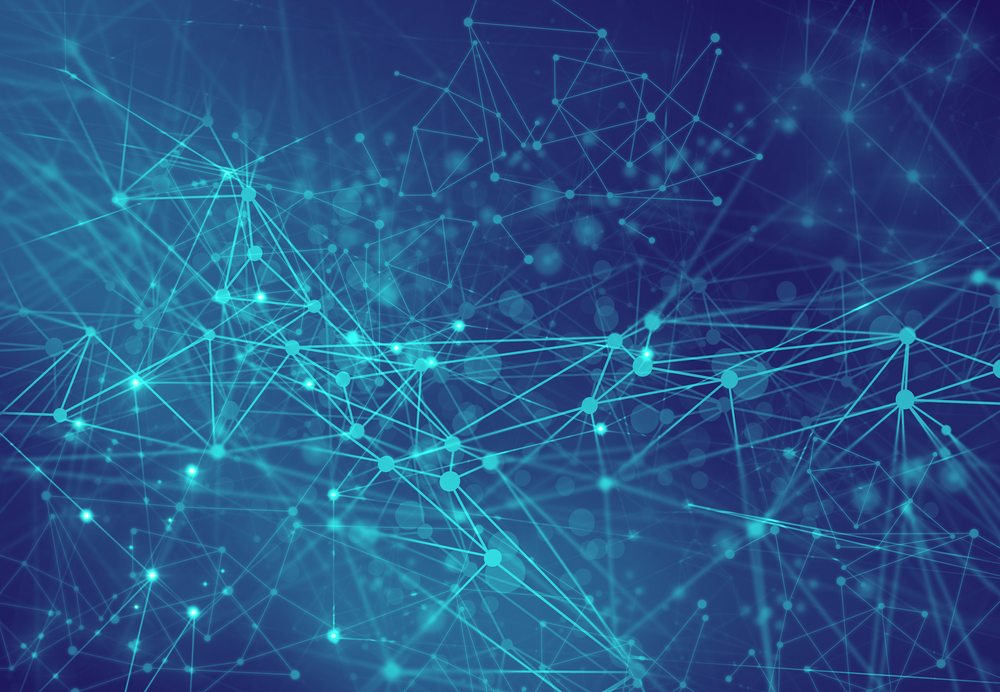Double Take for Photon Measurements
In a step toward tracking photons as they move, a team of physicists has made nondestructive detections of a photon at two different locations as it traveled along an optical fiber [1]. In the past, multiple nondestructive detections have been performed only on stationary photons that existed inside microwave cavities. The new technique could lead to systems for tracking photons in a quantum communications network.
A typical photon detector absorbs the particle to register its presence. This measurement technique destroys the photon, which is problematic for quantum computing, as the photon might contain information used in a computation. To avoid such problems, researchers have developed ways to detect a photon without destroying it, usually by observing its interaction with some other quantum system. For example, a team in Switzerland recently demonstrated nondestructive detection of a single microwave photon by monitoring its effect on the quantum state of a superconducting qubit (see Viewpoint: Single Microwave Photons Spotted on the Rebound).
Researchers have also made multiple sequential detections of the same photon, but until now, those repeated measurements had only been made on photons that were stationary, existing as oscillating fields inside microwave cavities. Stephan Welte of the Max Planck Institute for Quantum Optics (MPQ) in Germany and his colleagues have now demonstrated two nondestructive measurements of a single moving photon.
The team’s nondestructive detector consisted of a single rubidium atom trapped inside an optical cavity. The cavity was designed to reflect any incoming optical photon and to change the atom’s quantum state as a result of the photon-cavity interaction. The team was able to monitor the atom’s state by observing its effect on a subsequent laser pulse.
Welte and his colleagues placed two of their cavity detectors at locations 60 m apart along an optical fiber. Using small lengths of additional fiber, the team connected the detectors to the long fiber and put devices called circulators at the T-shaped fiber intersections to direct the photon traffic. A photon entering a circulator would be directed toward a detector and then, after reflection from the detector, would be directed back along the main fiber in its original direction. To run the experiment, the researchers initialized the atoms in a known quantum state and then sent laser photons down the fiber.
They observed correlated changes in the states of the atoms that indicated that the same photon interacted sequentially with each of the detectors. No one has previously made multiple nondestructive measurements on moving photons of any wavelength, Welte says. “It is exciting to see that the path of a flying photon through a glass fiber can be tracked in this way.”
In theory, a large number of cavity detectors could be connected to a fiber, allowing researchers to precisely track a photon, says MPQ team member Emanuele Distante. In reality, however, each time a photon interacts with one of these detectors, there is about a 1/3 chance that the photon will disappear from the fiber. So, although the number of detectors could be increased far beyond two, these losses would require designers to carefully choose the locations of detectors in a quantum network and use as few as possible.
Welte says that he and his colleagues plan to improve the time resolution of the detection process, which will allow them to more precisely determine when each photon interacts with each detector. This improved time resolution could be helpful for quantum technologies, where a photon interacting with one detector might trigger the release of another photon somewhere else in the system.
This experiment is “a very fundamental demonstration of quantum mechanics that was only possible in gedanken [thought] experiments before,” says quantum physicist Yasunobu Nakamura of the University of Tokyo. He agrees with Welte that the technique could be used to monitor photons carrying quantum information along a fiber.
Nondestructive measurements of photons are extremely challenging to implement, even more so when the photons are moving, says quantum physicist Jeff Thompson of Princeton University. Here the researchers demonstrate a way to do that and do it repeatedly. “This work will have a significant impact on the development of quantum communication networks,” he says.
–Katherine Wright
Katherine Wright is the Deputy Editor of Physics Magazine.
References
- E. Distante et al., “Detecting an itinerant optical photon twice without destroying it,” Phys. Rev. Lett. 126, 253603 (2021).







